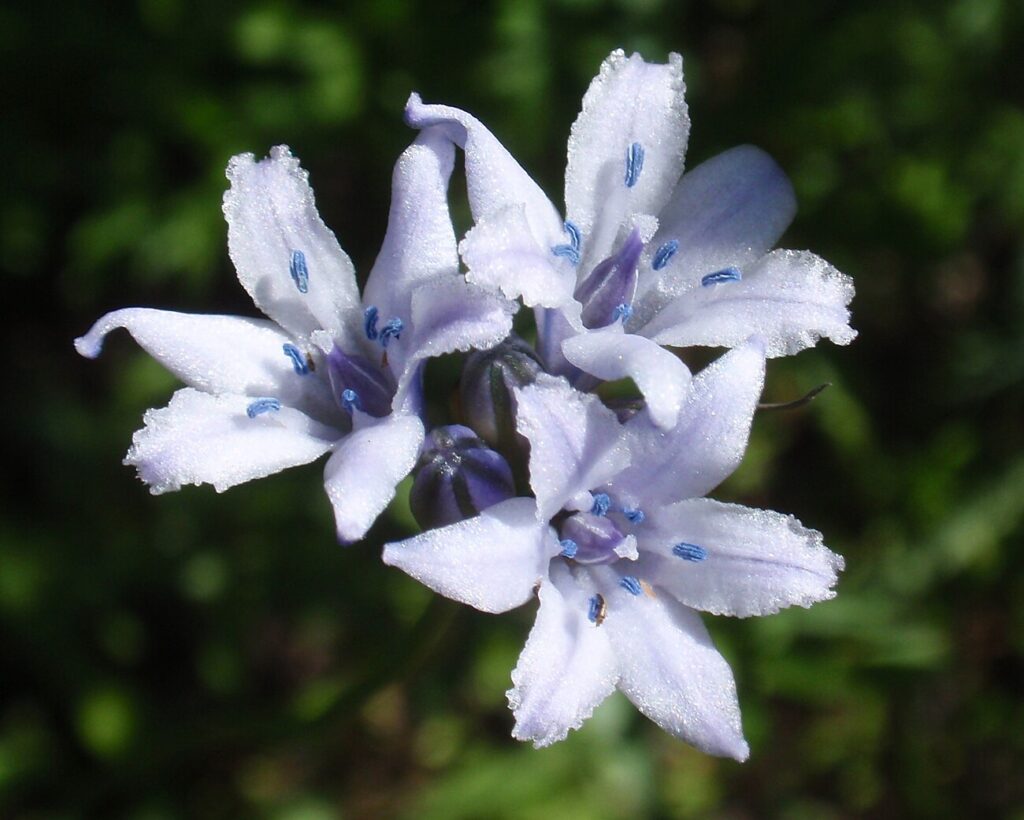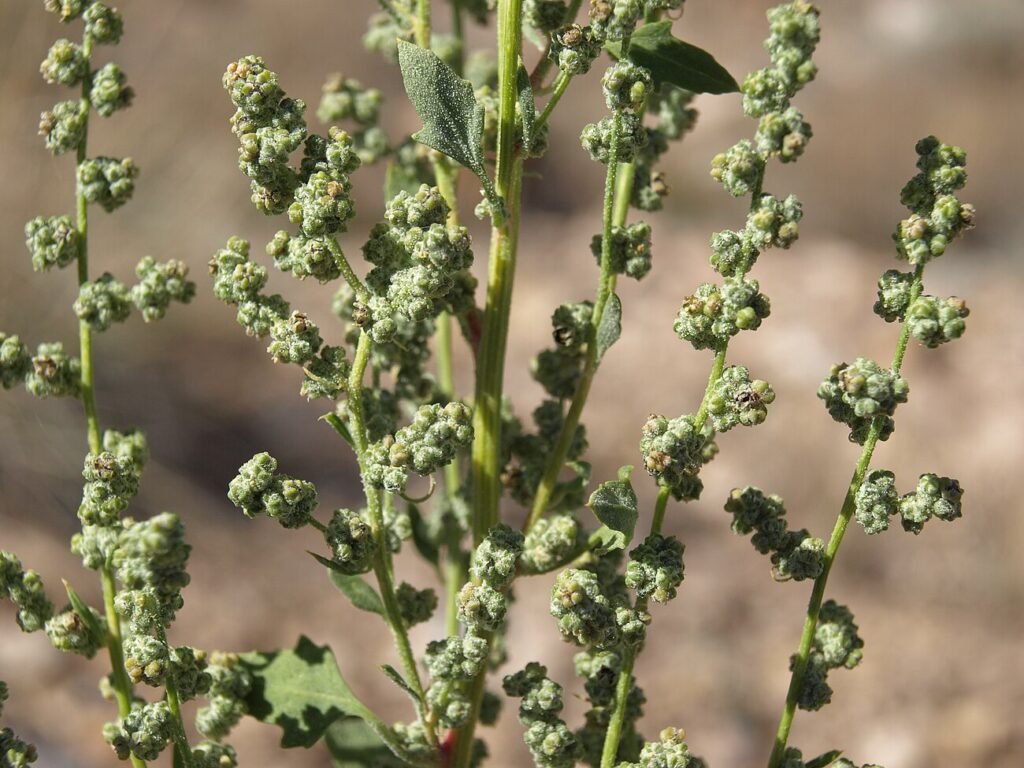Exploring Yellow Triteleia, Golden Star
Scientifically recognized as Triteleia crocea and classified under Family Liliaceae, stands out as a distinctive Herbaceous perennial known for its unique characteristics. While it may also be found under other Synonyms, Brodiaea crocea, Tritelia crocea.withNone specified form. You can use our free plant care app PlantPlants to identify Yellow Triteleia, Golden Star.
Temperature
Min 30 F (-1 C), Max 100 F (38 C)
Watering
Moderate; allows soil to dry slightly between watering
Fertilizing
Balanced fertilizer (10-10-10)
Sunlight
Full sun to partial shade
Toxicity
Generally safe; no part is considered toxic



Appearance and Growth Of Yellow Triteleia, Golden Star
At maturity, this species reaches approximately 12-18 inches (30-46 cm), presenting Strap-like, linear leaves along with Star-shaped yellow flowers, typically blooming in clusters, followed by Three-lobed capsules containing small seeds. These features are supported by a reliable Bulbous root system, ensuring stability and sustained growth.
Yellow Triteleia, Golden Star Origin and Habitat
Native to Native to western North America, particularly California, Yellow Triteleia, Golden Star thrives in Open grasslands and rocky slopes at elevations around 0-5,000 feet (0-1,524 meters). Best suited for USDA Hardiness Zone 7-10. Whether grown indoor, in a curated garden or a more natural setting, its ecological requirements help maintain its vigor over time.



How to take Care of Yellow Triteleia, Golden Star
Light, Soil and Watering Yellow Triteleia, Golden Star.
You can use our free plant identify app PlantPlants to chose the best spot for Yellow Triteleia, Golden Star, This plant prefers Full sun to partial shade and flourishes in Well-draining sandy or loamy soil with a soil pH of about 6.0 7.5.
Yellow Triteleia, Golden Star needs watering,Moderate; allows soil to dry slightly between watering, guided by PlantPlants app, You can get plants daily watering schedule. to maintain Prefers dry to moderately moist soil, ensure steady hydration. Applying water through Water at the base of the plant to avoid wetting foliage supports even distribution and helps prevent overwatering or dryness.
Temperature and Humidity
Yellow Triteleia, Golden Star performs best within 50 F to 80 F (10 C to 27 C). Its ideal growth occurs at around 70 F (21 C), though it tolerates ranges from Min 30 F (-1 C), Max 100 F (38 C). Additionally, maintaining Prefers low to moderate humidity encourages healthy foliage and overall plant vigor.
Fertilization & Soil Health
Feeding with Balanced fertilizer (10-10-10) at the recommended Seasonal Application Frequency on PlantPlants App keeps nutrients balanced. Incorporating Compost or well-rotted manure if needed enhances soil structure and fertility, while staying alert to Yellowing leaves; poor flowering helps you adjust care as needed to maintain optimal plant health.
Routine and Maintenance
Regular attention ensures this plant’s beauty and longevity. After flowering for Remove spent flowers and dead foliage tidies its appearance, while Every 2-3 years as needed may be necessary as it grows, requiring a Increase by 1-2 inches in diameter increase and a fresh Well-draining potting mix. for Staking or Support. None typically required.
Seasonal Changes and Propagation of Yellow Triteleia, Golden Star
During Late summer to fall after flowering, growth may slow and some Leaves die back in summer; minimal color change can occur. For those looking to propagate, consider Division of bulbs or seeds and provide Stratification may help improve germination when starting from seed. If using cuttings, follow Rare; typically propagated by bulbs. to ensure successful rooting and healthy new plants.
Pests, Diseases and Prevention
our free plant identify and care app PlantPlants can help you diagnosisYellow Triteleia, Golden Star problems.Though generally robust, keep watch for Aphids, spider mites and remain vigilant against Fungal infections due to overwatering. Implementing Ensure proper drainage and air circulation and applying Insecticidal soap for pests; remove affected areas for diseases when issues arise will help sustain the plant thriving.
Companions and Uses of Yellow Triteleia, Golden Star
This plant pairs nicely with Other drought-tolerant perennials such as salvias or lavenders and shows None significant reported, making it a flexible choice for various Rock gardens, naturalized areas, borders.
Edible and Cultural Aspects
the Edible Parts: Bulbs (edible but not commonly consumed). Toxicty of Yellow Triteleia, Golden Star, Generally safe; no part is considered toxic. learning about its Early summer; bulbs can be harvested carefully, Rarely used; potentially can be boiled or roasted, and Minimal information available on nutritional content can be intriguing for culinary explorers. Some traditions highlight its Historically used by some Native American tribes for various ailments or note its Celebrated in wildflower festivals in California.
Conservation and Status
With an Not evaluated, proper Habitat preservation and responsible wild collection
Frequently Asked Questions
1. How do I care for yellow triteleia?
Ensure well-draining soil, full sun to partial shade, and moderate watering.
2. When do yellow triteleia flowers bloom?
They typically bloom in late spring to early summer.
3. Can yellow triteleia be grown in containers?
Yes, as long as there is good drainage and adequate sunlight.
4. Is yellow triteleia drought-tolerant?
Yes, it prefers dry to moderately moist conditions.
5. How do I propagate yellow triteleia?
By division of bulbs or collecting seeds after flowering.
6. Are yellow triteleia bulbs edible?
They are technically edible, but not commonly consumed.
7. What pests affect yellow triteleia?
Common pests include aphids and spider mites.
8. Do yellow triteleia require fertilization?
Yes, they benefit from a balanced fertilizer applied a few times a year.
9. What conditions are best for yellow triteleia?
Full sun, well-drained soil, and low to moderate humidity are ideal.
10. How can I prevent diseases in yellow triteleia?
Ensure good drainage and avoid overwatering to prevent fungal diseases.


